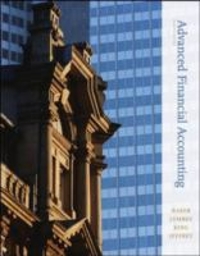Question
On June 1, Year 3, Forever Young Corp. (FYC) ordered merchandise from a supplier in Turkey for Turkish lira (TL) 200,000. The goods were delivered
On June 1, Year 3, Forever Young Corp. (FYC) ordered merchandise from a supplier in Turkey for Turkish lira (TL) 200,000. The goods were delivered on September 30, with terms requiring cash on delivery. On June 2, Year 3, FYC entered a forward contract as a cash flow hedge to purchase TL200,000 on September 30, Year 3, at a rate of $0.73. FYCs year-end is June 30.
On September 30, Year 3, FYC paid the foreign supplier in full and settled the forward contract.
Exchange rates were as follows:
| Spot rates | Forward rates | |
| June 1 and 2, Year 3 | TL1 5 $0.70 | TL1 5 $0.730 |
| June 30, Year 3 | TL1 5 $0.69 | TL1 5 $0.725 |
| September 30, Year 3 | TL1 5 $0.74 | TL1 5 $0.740 |
Required:
(a)(i) Prepare all journal entries required to record the transactions described above.
(ii) Prepare a June 30, Year 3, partial trial balance of the accounts used in Part (i), and indicate how each account would appear in the year-end financial statements.
(b) Prepare all necessary journal entries under the assumption that no forward contract was entered.
(c) Prepare all necessary journal entries to record the transactions described above, assuming that the forward contract was designated as a fair value hedge.
(d) Assume that Carleton is a private company and uses ASPE for reporting purposes. Prepare all necessary journal entries to record the transactions described in the body of the question above.
(e) Which of the above reporting methods would present the highest current ratio at September 30, Year 3? Briefly explain.
Step by Step Solution
There are 3 Steps involved in it
Step: 1

Get Instant Access to Expert-Tailored Solutions
See step-by-step solutions with expert insights and AI powered tools for academic success
Step: 2

Step: 3

Ace Your Homework with AI
Get the answers you need in no time with our AI-driven, step-by-step assistance
Get Started


